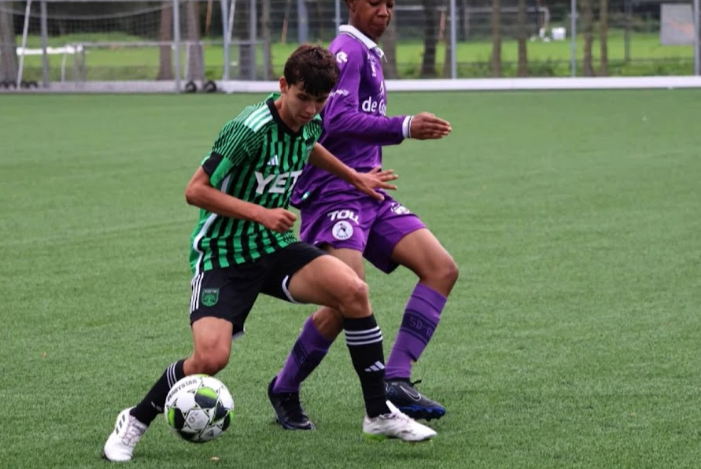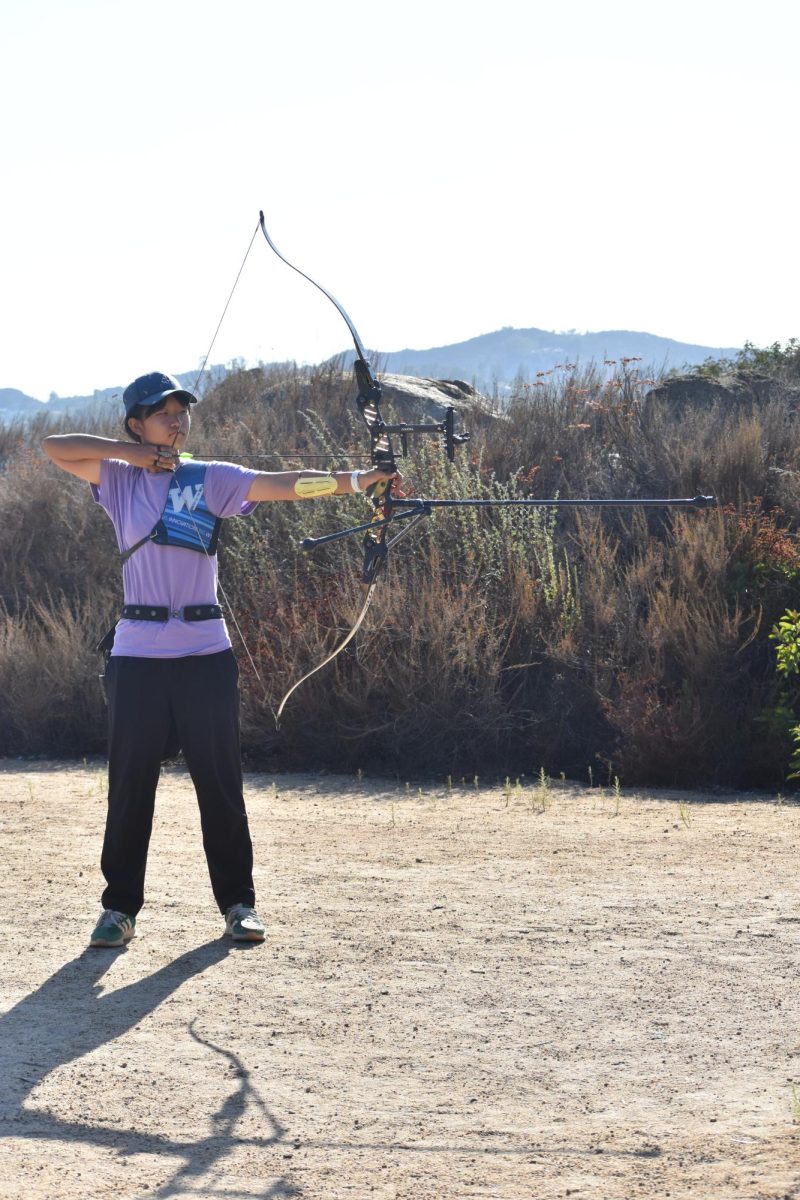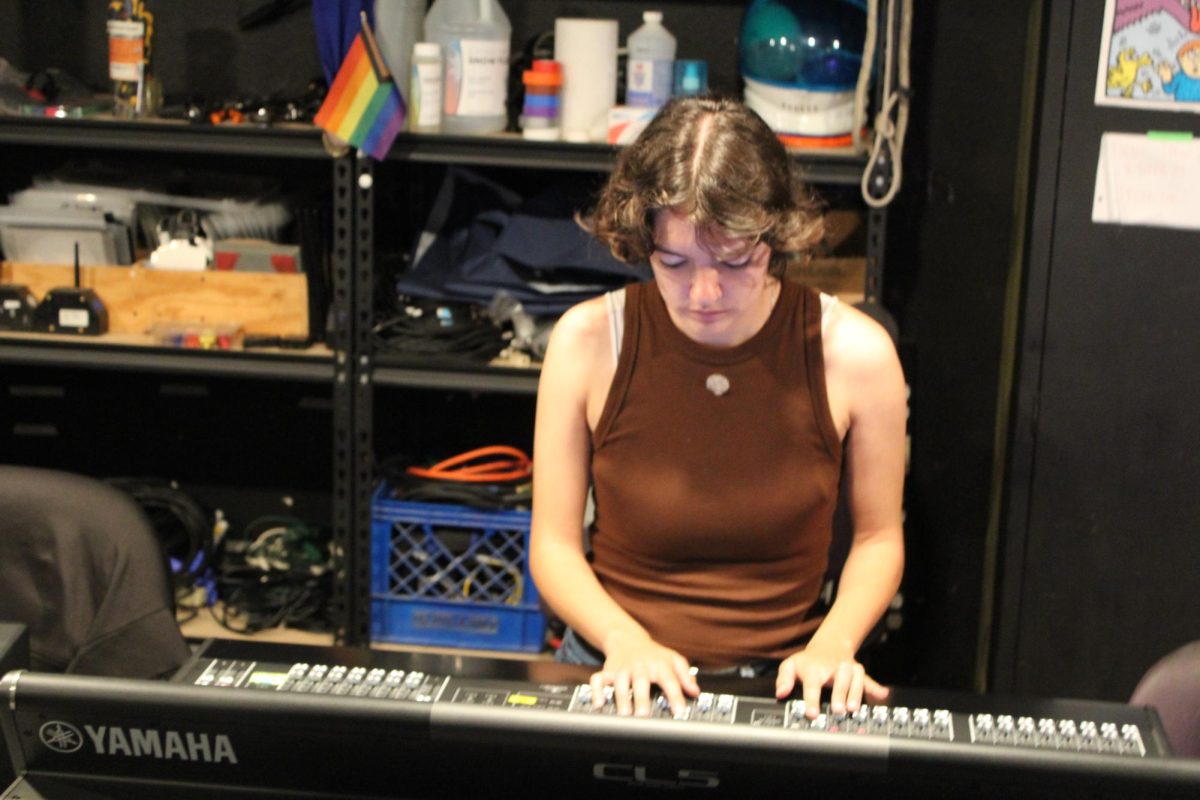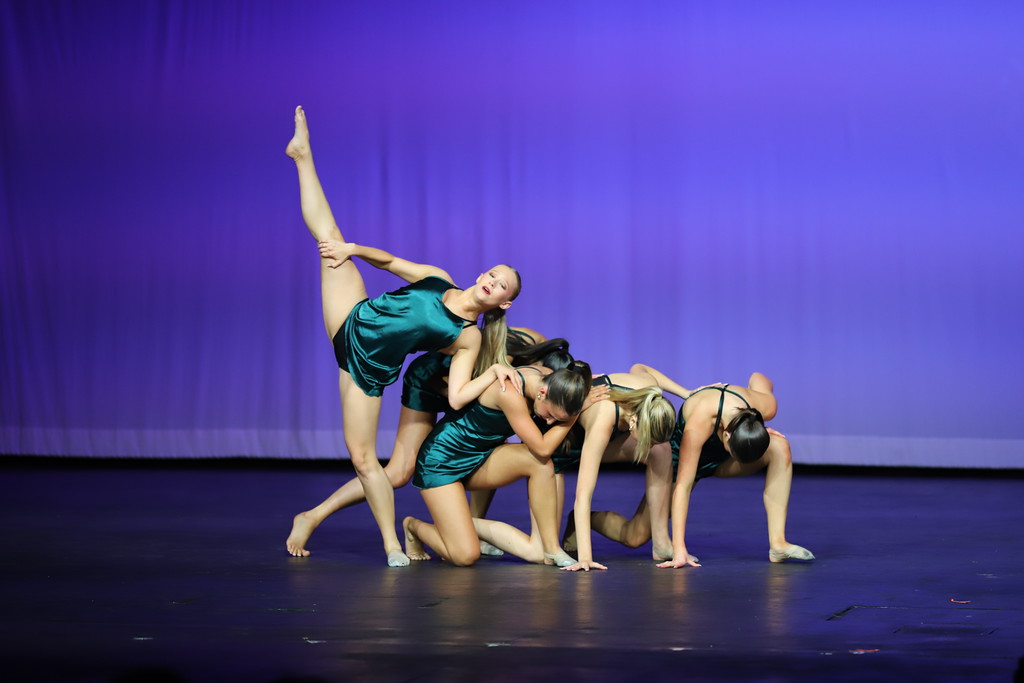Riding a bike downhill at high speeds or hitting jumps that launch you several feet in the air sounds terrifying enough. Now, imagine doing it with only one leg. For Cody Reid (10), this is just another day practicing his after-school hobby. Even with a leg amputated above the knee due to tibial hemimelia, a rare condition that required amputation at just 18 months old, Reid has never let his disability hold him back from doing what he loves most — enduro biking.
“I do it after school every day normally, and also on the streets a lot,” Reid said. “I like doing it. I really focus on it, and when I get something down, it’s an accomplishment because it’s not easy.”
Reid’s journey with biking began in eighth grade when his e-bike broke, leading him to start riding manual trail bikes instead. Since then, he’s developed a passion for enduro biking and downhill riding with his prosthetic, where he navigates rough, rocky terrain and flies down steep slopes at high speeds.
“Enduro is normal trails with a lot of rocks and really technical stuff,” Reid said. “Some parts will be like 10 miles an hour just over the hardest terrain, and then you’ll be flying down a mountain a moment later.”
Aside from the adrenaline-filled feats on the trails, Reid has experienced some sobering moments himself that have shown him that biking hasn’t come without its challenges. There have been moments when Reid felt like giving up.
“I was doing this jump and I jumped it wrong,” he says. “I just fell really hard. I was like dang, I do not wanna do this anymore.”
Aside from the usual worries about balance or speed when attempting jumps, Reid has an added obstacle — keeping his prosthetic foot in place.
“Sometimes when I’m doing jumps, my leg falls off the pedal. I don’t fall, though — I just put it back on. It’s kind of inconvenient because I have to fix it a lot.”
However, Reid explained that his passion for biking and the feeling of progress are key factors that keep him motivated.
“I’ve [come] too far to just give up,” Reid said. “I’ve been doing this for four years. I can’t just quit over one little thing. I feel happy when I learn stuff or when I do something better than I used to, and when I look back in the past and see how much I’ve improved, that makes me feel better about myself.”
In addition to his love for biking, Reid also participates in triathlons through the Challenged Athlete’s Foundation, who have sponsored him with various prosthetics and equipment.
“[The organization] finds people from around the world,” he said. “There was someone that had their legs run over by a tank in Ukraine and I was like, dude that’s crazy.”
Although he doesn’t always love competing in triathlons, he recognizes the importance of inspiring others who are experiencing similar situations.
“There’s a lot of people there that recently lost limbs, and I like to show them that it’s actually possible to continue to do stuff,” Reid said. “A lot of the time when people lose limbs they just give up and it’s done, and don’t do anything their whole life.”
Living with a prosthetic leg hasn’t just shaped Reid’s life — it’s also shaped his attitude. Even when people joke about it, he doesn’t let it bother him.
“People make jokes about it, but I don’t really care. It’s not like it changes anything.”
Reid often rides with friends and spends hours fixing up bikes himself. His ability to work on his own bikes has not only saved him money but also deepened his connection to the sport.
“I redid my shocks in the front and the back [and] I put my bars on,” he said. “I’ve done my brake pads plenty of times, changed them entirely. My pedals, my wheels, and my tires [too]. I tighten my spokes. I change my grips sometimes, but not too often. It’s a lot. Having a fully working bike just makes me feel better about myself. If I have a small problem on my bike, I like to fix it.”
According to Reid, he finds a unique sense of freedom on his bike, which he rarely feels while navigating the world with a prosthetic leg.
“I don’t like walking,” he said. “It feels weird when I walk with my leg because I’m always getting new ones. Even when I get used to them, it still feels weird. It feels like I’m always limping no matter what I do, so it’s just inconvenient. But biking, biking is different.”
However, Reid also recognizes the lack of accessibility for athletes with disabilities, especially in the cycling and triathlon communities. He hopes that one day more opportunities will exist for people like him to get involved.
“[I want there to be] more opportunities for people to do [triathlons],” he said. “With Challenged Athletes, the only ones they have are in places like Idaho or very rarely in San Diego. If they had more opportunities for kids to do that, it would be better.”



![Valen Miao (9) [front] paddles in a dragon boat for Chinese Youth Dragon Boat, Sept. 13. Miao has been racing for one year.](https://wvnexus.org/wp-content/uploads/2025/09/Dragon-Boat-1200x491.jpg)


